Home>Furniture & Design>Bathroom Accessories>How To Make A Bath Mat Non-Slip
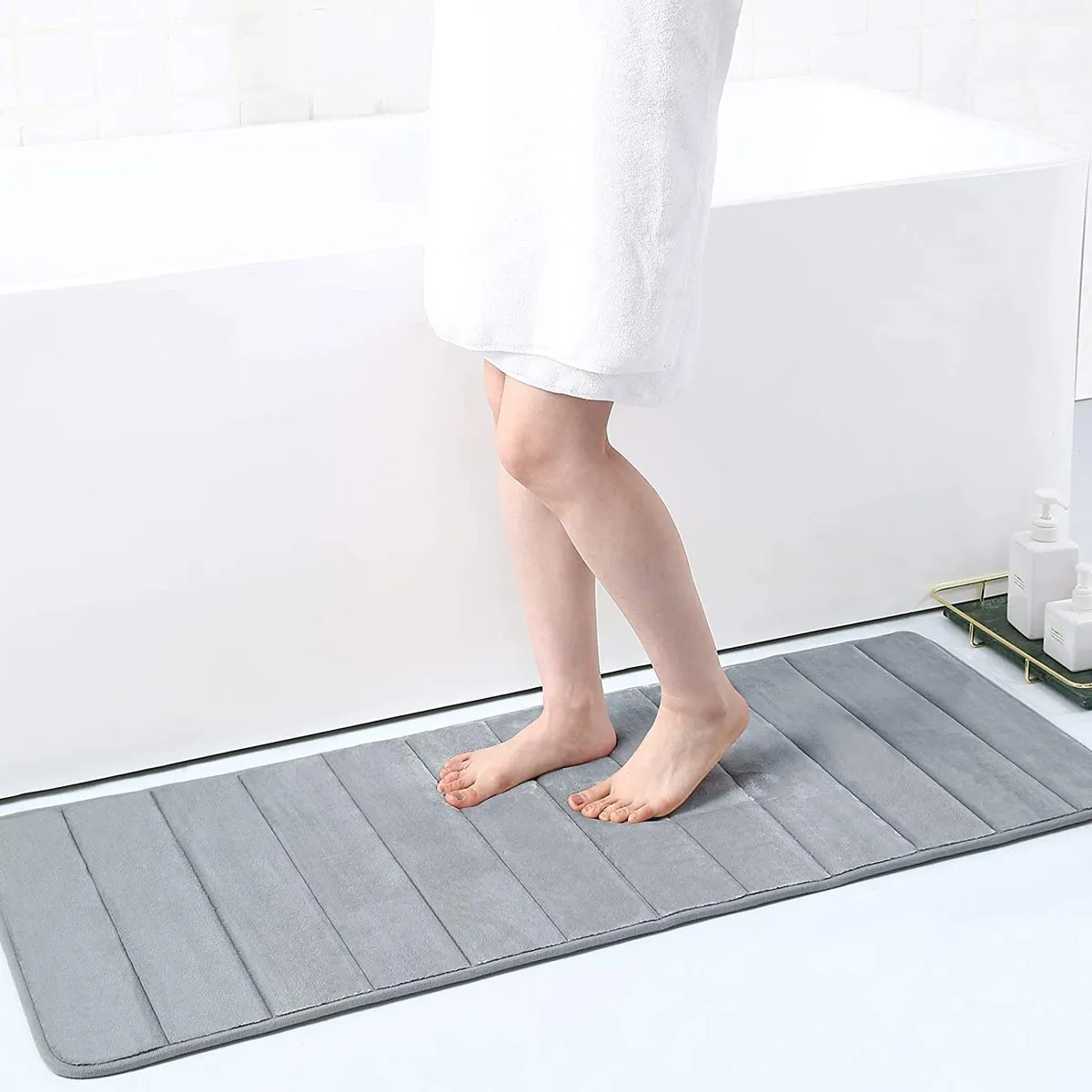

Bathroom Accessories
How To Make A Bath Mat Non-Slip
Modified: October 20, 2024
Learn how to make your bath mat non-slip with simple bathroom accessories. Keep your family safe and prevent accidents in the bathroom.
(Many of the links in this article redirect to a specific reviewed product. Your purchase of these products through affiliate links helps to generate commission for Storables.com, at no extra cost. Learn more)
Introduction
When it comes to bathroom safety, one often overlooked yet crucial aspect is the slip resistance of bath mats. A bath mat that slides around on the floor can pose a serious hazard, especially in wet environments. Fortunately, there are various methods to make a bath mat non-slip, ensuring that it stays securely in place and provides reliable traction for users.
Creating a non-slip bath mat is not only about preventing accidents; it also contributes to a more comfortable and enjoyable bathing experience. Imagine stepping out of the shower onto a stable and secure surface, free from the worry of slipping or tripping. This peace of mind is invaluable, particularly for individuals with limited mobility or those caring for young children or elderly family members.
In this comprehensive guide, we will explore different techniques to transform a regular bath mat into a non-slip surface. Whether you prefer a quick and easy solution or a more hands-on approach, there are options to suit every preference and skill level. From non-slip rug pads to specialized sprays and DIY sewing methods, we will delve into the details of each approach, providing you with the knowledge and confidence to enhance the safety and functionality of your bath mat.
By understanding the importance of non-slip bath mats and learning about the diverse methods available, you can take proactive steps to mitigate the risk of accidents in the bathroom. With the right approach, you can ensure that your bath mat remains firmly in place, offering stability and security for everyone who uses it.
Now, let's embark on this journey to discover the various methods for making a bath mat non-slip, empowering you to create a safer and more secure bathroom environment for yourself and your loved ones.
Key Takeaways:
- Transform your regular bath mat into a non-slip surface using non-slip rug pads, sprays, or DIY sewing. Enhance safety and comfort in the bathroom for yourself and your loved ones with these versatile methods.
- Non-slip rug pads offer a quick and removable solution, while non-slip sprays provide a versatile and non-invasive method. Sewing non-slip backing onto bath mats allows for personalized integration and long-lasting functionality.
Read more: What Makes Non-Slip Shoes Non-Slip
Understanding the Importance of Non-Slip Bath Mats
Bath mats are a common fixture in bathrooms, often chosen for their ability to absorb water and provide a soft, comfortable surface. However, the significance of non-slip bath mats goes beyond mere functionality. These specialized mats play a crucial role in enhancing bathroom safety, particularly in environments where moisture and smooth surfaces can create hazardous conditions.
The primary purpose of a non-slip bath mat is to prevent slips and falls, which are among the leading causes of accidents in the home, especially in bathrooms. When water splashes onto the floor during showers or baths, it can create a slippery surface that poses a significant risk, particularly for individuals with mobility challenges or balance issues. A non-slip bath mat serves as a protective barrier, offering stability and traction to minimize the likelihood of accidents.
Moreover, non-slip bath mats provide peace of mind, both for individuals using the bathroom and for those responsible for their care. For seniors, people with disabilities, or young children, navigating a wet bathroom floor can be daunting. By incorporating non-slip mats, caregivers and family members can create a safer environment, reducing the anxiety and potential dangers associated with slippery surfaces.
In addition to safety considerations, non-slip bath mats contribute to overall comfort and convenience. Stepping onto a secure and stable surface after a shower or bath enhances the bathing experience, allowing individuals to relax without the worry of slipping or falling. This comfort factor is particularly important for those with physical limitations, as it promotes independence and confidence in daily activities.
By recognizing the importance of non-slip bath mats, individuals can prioritize safety and well-being in their bathrooms. Whether it's for personal use, family members, or guests, investing in non-slip bath mats demonstrates a commitment to creating a secure and welcoming environment. With this understanding, it becomes clear that non-slip bath mats are not just accessories but essential components of a safe and functional bathroom.
In the following sections, we will explore various methods to transform standard bath mats into non-slip surfaces, empowering individuals to take proactive measures in enhancing bathroom safety and comfort.
Different Methods to Make a Bath Mat Non-Slip
Transforming a regular bath mat into a non-slip surface can be achieved through various methods, each offering unique advantages and suitability for different preferences and circumstances. Whether you prefer a quick and convenient solution or enjoy hands-on DIY projects, there are options to cater to your specific needs. Let's explore these different methods in detail:
Using Non-Slip Rug Pads
Non-slip rug pads are an effective and hassle-free solution for making bath mats non-slip. These pads, typically made from materials like natural rubber or PVC, provide a secure grip between the bath mat and the floor, preventing unwanted movement. They are available in various sizes and can be easily trimmed to fit the dimensions of your bath mat. To apply a non-slip rug pad, simply place it underneath the bath mat, ensuring that it lies flat and covers the entire surface area. This method is ideal for individuals seeking a quick and removable non-slip solution without altering the bath mat itself.
Applying Non-Slip Sprays or Coatings
Non-slip sprays and coatings offer a versatile approach to enhancing the traction of bath mats. These products are designed to create a textured, non-slip surface when applied to the underside of the mat. They are available in spray or brush-on form, allowing for easy and precise application. Non-slip sprays and coatings are suitable for a wide range of bath mat materials, including fabric, plastic, and rubber. By following the application instructions, individuals can effectively increase the grip of their bath mats, reducing the risk of slippage without compromising the mat's appearance or texture.
Read more: What Is The Best Non-Slip Shower Mat
Sewing Non-Slip Backing onto the Bath Mat
For those who enjoy crafting and DIY projects, sewing non-slip backing onto a bath mat presents a creative and customizable solution. Non-slip backing materials, such as rubberized mesh or silicone grip fabric, can be sewn onto the underside of the bath mat to provide enhanced traction. This method allows individuals to personalize the size and shape of the non-slip backing according to their specific bath mat dimensions. By sewing the non-slip backing securely in place, the bath mat gains stability and slip resistance, tailored to the individual's preferences and creative flair.
By exploring these diverse methods, individuals can select the approach that best aligns with their preferences, skills, and desired level of permanence. Whether opting for non-slip rug pads, specialized sprays, or DIY sewing projects, the goal of creating a secure and non-slip bath mat can be achieved with ease and effectiveness.
Using Non-Slip Rug Pads
Non-slip rug pads are a convenient and effective solution for transforming a standard bath mat into a non-slip surface. These specialized pads, crafted from materials such as natural rubber or PVC, are designed to provide a secure grip between the bath mat and the floor, preventing unwanted movement and enhancing overall safety.
One of the key advantages of using non-slip rug pads is their ease of application. These pads are available in various sizes and can be easily trimmed to fit the specific dimensions of your bath mat, ensuring a customized and precise fit. To apply a non-slip rug pad, simply place it underneath the bath mat, ensuring that it lies flat and covers the entire surface area. This straightforward process allows for quick and hassle-free installation, making it an ideal solution for individuals seeking a non-permanent and removable non-slip option.
Furthermore, non-slip rug pads offer versatility in terms of material compatibility. Whether your bath mat is made of fabric, plastic, rubber, or other materials, non-slip rug pads can effectively enhance its traction without causing damage or altering its appearance. This adaptability ensures that individuals can enjoy the benefits of a non-slip surface regardless of their bath mat's composition, making non-slip rug pads a widely applicable solution for diverse needs.
In addition to providing enhanced safety, non-slip rug pads contribute to the longevity of bath mats by minimizing wear and tear caused by shifting and sliding. By creating a stable and secure foundation, these pads help preserve the integrity of the bath mat, ensuring that it remains in optimal condition for an extended period.
Overall, the use of non-slip rug pads offers a practical and efficient method for making bath mats non-slip, catering to individuals who prioritize convenience, versatility, and non-permanence in their safety solutions. With their customizable fit, material compatibility, and protective benefits, non-slip rug pads stand as a reliable and accessible option for enhancing bathroom safety and comfort.
Applying Non-Slip Sprays or Coatings
Applying non-slip sprays or coatings presents a versatile and effective approach to enhancing the traction of bath mats, offering a practical solution for individuals seeking to create a non-slip surface without altering the appearance or texture of their mats. These specialized products are designed to create a textured, non-slip surface when applied to the underside of the mat, providing reliable grip and stability.
One of the key advantages of non-slip sprays or coatings is their adaptability to a wide range of bath mat materials, including fabric, plastic, and rubber. This versatility allows individuals to address their non-slip needs regardless of the specific composition of their bath mats, ensuring that the application process is compatible with various materials commonly used in bathroom accessories.
The application of non-slip sprays or coatings is straightforward and user-friendly, typically available in spray or brush-on form. This allows for easy and precise application, enabling individuals to create a non-slip surface with minimal effort. By following the application instructions provided with the product, users can effectively increase the grip of their bath mats, reducing the risk of slippage and enhancing overall safety without compromising the visual appeal or tactile qualities of the mat.
Furthermore, non-slip sprays or coatings offer a non-invasive and reversible solution, making them suitable for individuals who prefer non-permanent modifications to their bath mats. The application process does not alter the outward appearance of the mat, allowing individuals to maintain the original aesthetic while benefiting from the added safety and stability provided by the non-slip treatment.
In addition to their practical benefits, non-slip sprays or coatings contribute to the longevity of bath mats by minimizing wear and tear caused by movement and slippage. By creating a secure and textured surface, these products help preserve the integrity of the bath mat, ensuring that it remains in optimal condition for an extended period, thus extending its functional lifespan.
Overall, the application of non-slip sprays or coatings offers a versatile and accessible method for making bath mats non-slip, catering to individuals who prioritize material compatibility, ease of application, and non-permanence in their safety solutions. With their ability to enhance traction across various materials and their protective benefits, non-slip sprays or coatings stand as a reliable and adaptable option for enhancing bathroom safety and comfort.
To make a bath mat non-slip, apply a thin layer of silicone caulking on the bottom of the mat and let it dry completely before using. This will create a grippy surface to prevent slipping.
Sewing Non-Slip Backing onto the Bath Mat
Sewing non-slip backing onto a bath mat offers a creative and customizable solution for individuals who enjoy hands-on DIY projects and desire a personalized approach to enhancing the traction of their bath mats. This method allows for the incorporation of non-slip materials, such as rubberized mesh or silicone grip fabric, to create a secure and stable surface, tailored to the individual's preferences and creative flair.
One of the primary advantages of sewing non-slip backing onto a bath mat is the ability to customize the size and shape of the non-slip material according to the specific dimensions of the mat. This level of personalization ensures a precise fit and optimal coverage, maximizing the non-slip properties and overall effectiveness of the backing. By securely sewing the non-slip material in place, individuals can create a durable and long-lasting solution that withstands regular use and washing, maintaining its non-slip functionality over time.
Furthermore, sewing non-slip backing onto a bath mat allows individuals to select non-slip materials that complement the aesthetic and tactile qualities of the mat. Whether opting for a subtle and seamless integration or a contrasting design element, the choice of non-slip material and the sewing technique empowers individuals to align the non-slip backing with their desired visual and textural preferences. This level of creative control ensures that the non-slip enhancement seamlessly integrates with the overall look and feel of the bath mat, enhancing its functionality without compromising its original appeal.
In addition to its customization and aesthetic benefits, sewing non-slip backing onto a bath mat provides a permanent and robust solution for enhancing traction. Unlike removable non-slip options, the sewing method ensures that the non-slip backing remains securely attached to the bath mat, offering consistent and reliable grip without the need for readjustment or replacement. This permanence contributes to the long-term safety and stability of the bath mat, providing peace of mind for individuals and their families.
Overall, sewing non-slip backing onto a bath mat offers a hands-on and personalized approach to creating a non-slip surface, catering to individuals who value customization, durability, and seamless integration with the existing design of their bath mats. With its ability to provide a tailored fit, creative expression, and long-lasting non-slip functionality, sewing non-slip backing stands as a versatile and enduring option for enhancing bathroom safety and comfort.
Read more: How To Make Non-Slip Paint
Conclusion
In conclusion, the safety and functionality of bath mats are essential considerations for creating a secure and comfortable bathroom environment. The significance of non-slip bath mats extends beyond mere practicality, encompassing the crucial aspects of accident prevention, comfort, and peace of mind for individuals and their caregivers. By understanding the importance of non-slip bath mats and exploring the diverse methods available to make them non-slip, individuals can proactively enhance bathroom safety and elevate the bathing experience for themselves and their loved ones.
The methods discussed, including the use of non-slip rug pads, application of non-slip sprays or coatings, and sewing non-slip backing onto bath mats, offer versatile and accessible solutions to address non-slip needs. Each method presents unique advantages, catering to different preferences, skill levels, and desired levels of permanence. Whether seeking a quick and removable solution, a versatile treatment compatible with various materials, or a hands-on DIY project for personalized enhancement, individuals can select the approach that best aligns with their specific requirements.
Non-slip rug pads provide a convenient and non-permanent solution, offering ease of application and material compatibility while contributing to the longevity of bath mats. The application of non-slip sprays or coatings presents a versatile and non-invasive method, ensuring material compatibility and protective benefits without altering the outward appearance of the mat. Sewing non-slip backing onto bath mats offers a creative and customizable approach, allowing for personalized integration, durability, and long-lasting non-slip functionality.
By incorporating non-slip enhancements into their bath mats, individuals can create a safer and more secure bathroom environment, reducing the risk of slips and falls while promoting comfort and confidence in daily activities. The proactive measures taken to make bath mats non-slip demonstrate a commitment to prioritizing safety and well-being, reflecting a thoughtful and considerate approach to home care and personal comfort.
In essence, the journey to discover and implement methods for making bath mats non-slip empowers individuals to take control of their bathroom safety, fostering a sense of security and reassurance for themselves and their families. With the knowledge and options available, individuals can transform their bath mats into reliable and stable surfaces, ensuring that every step taken in the bathroom is secure and worry-free.
Frequently Asked Questions about How To Make A Bath Mat Non-Slip
Was this page helpful?
At Storables.com, we guarantee accurate and reliable information. Our content, validated by Expert Board Contributors, is crafted following stringent Editorial Policies. We're committed to providing you with well-researched, expert-backed insights for all your informational needs.
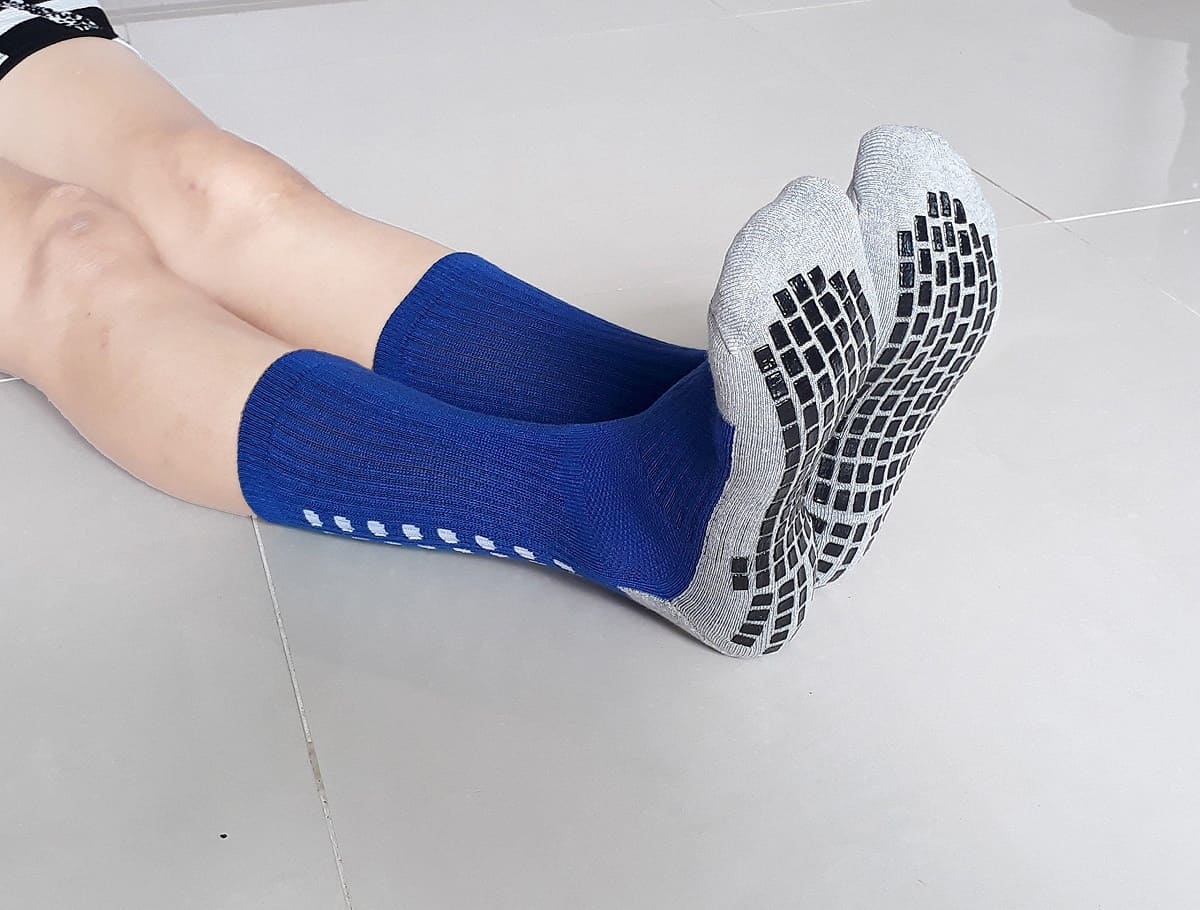
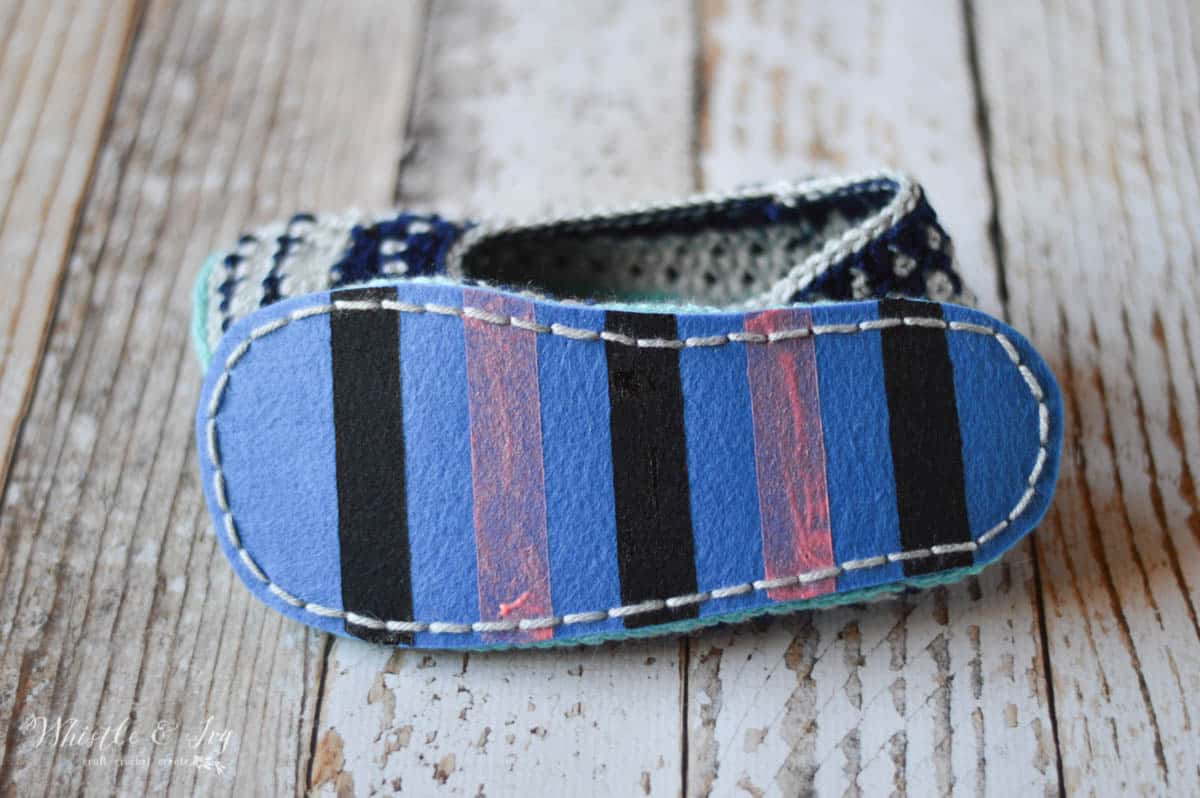
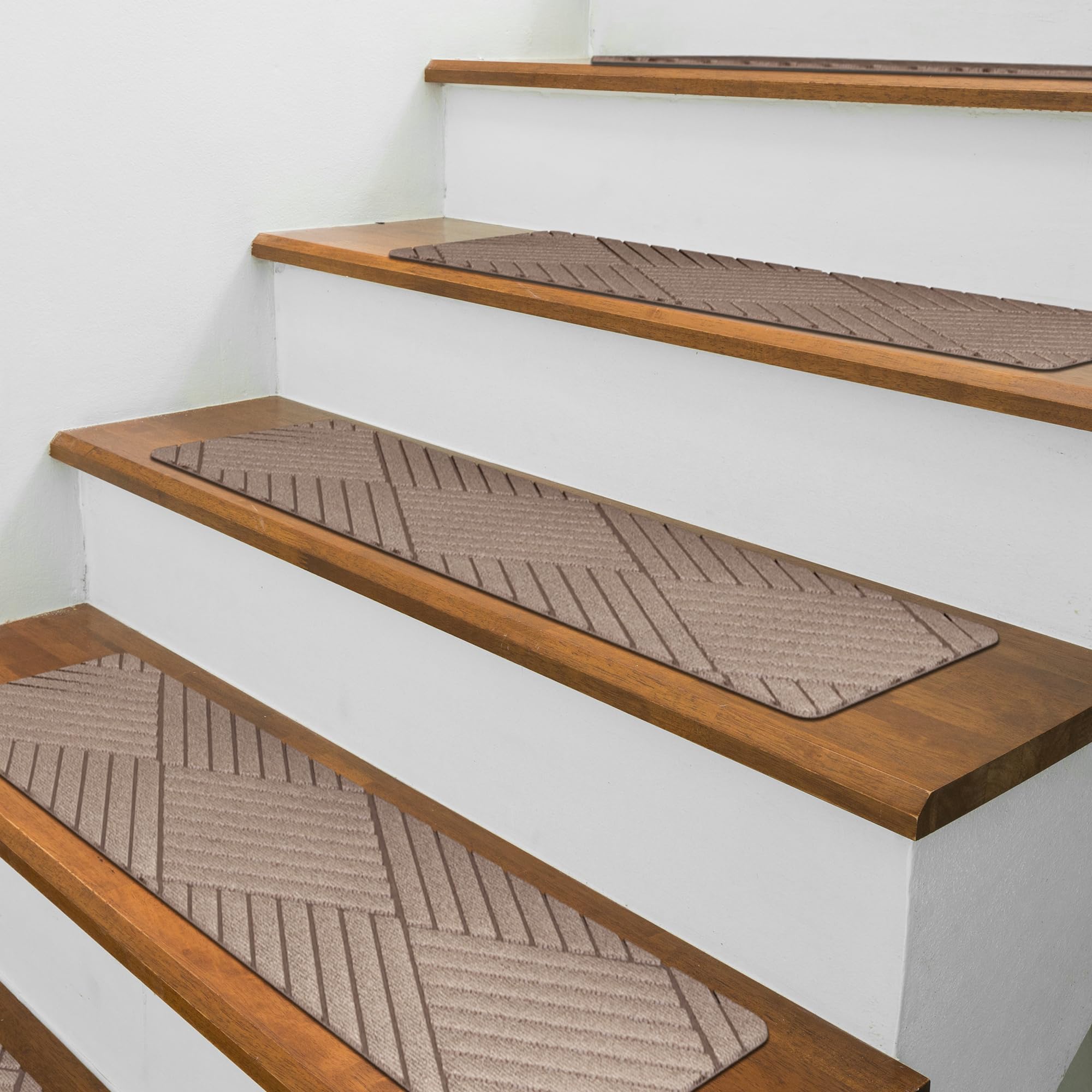
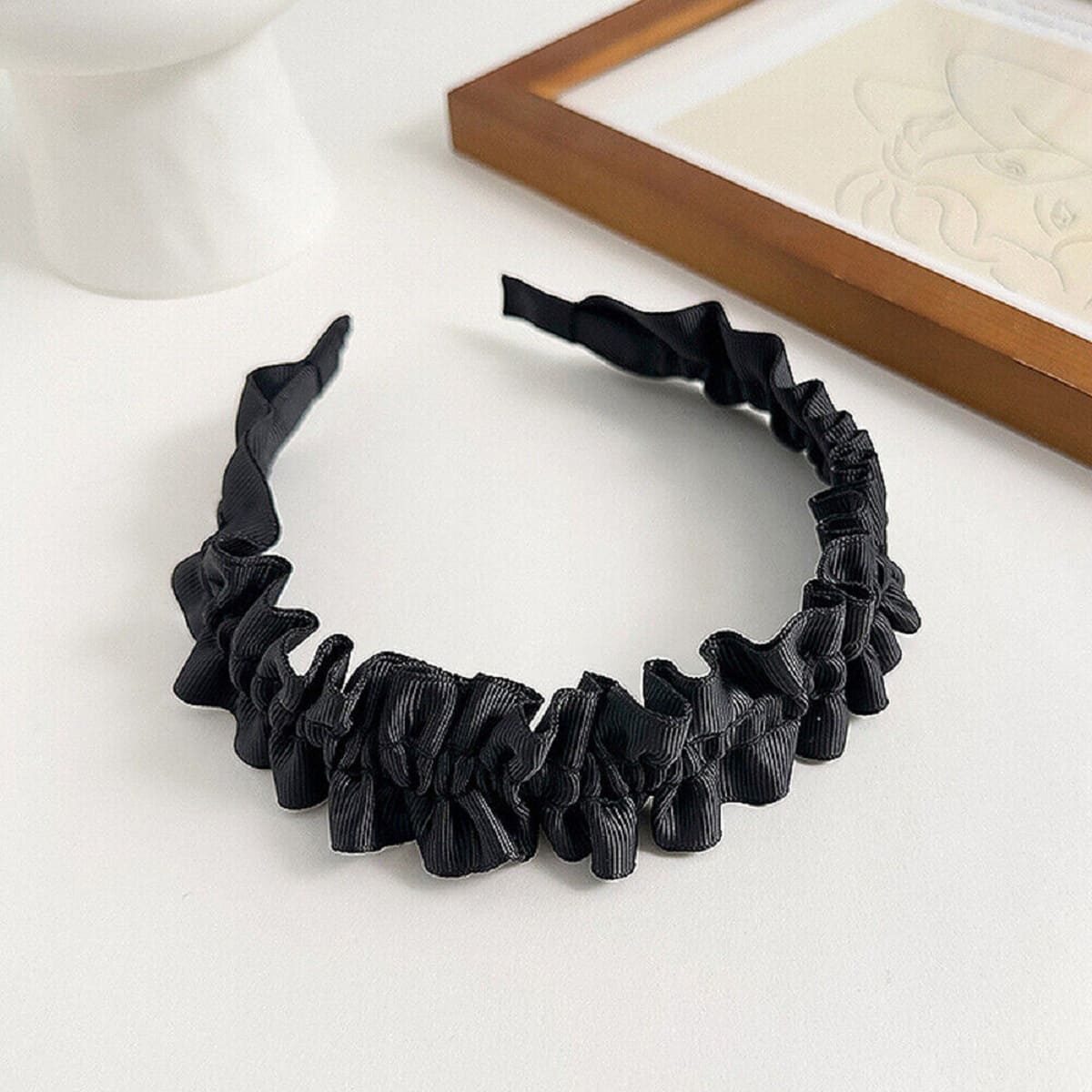

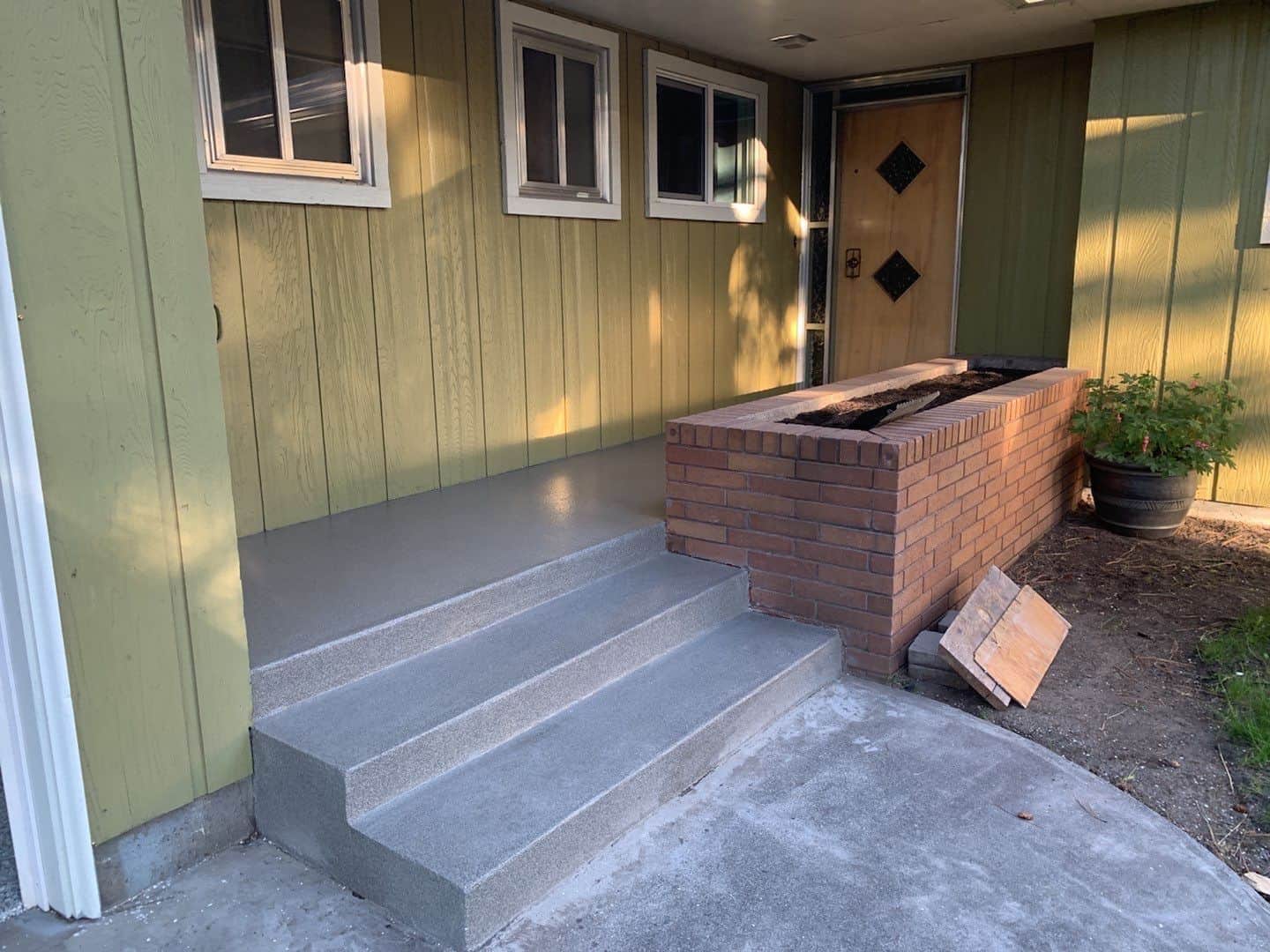
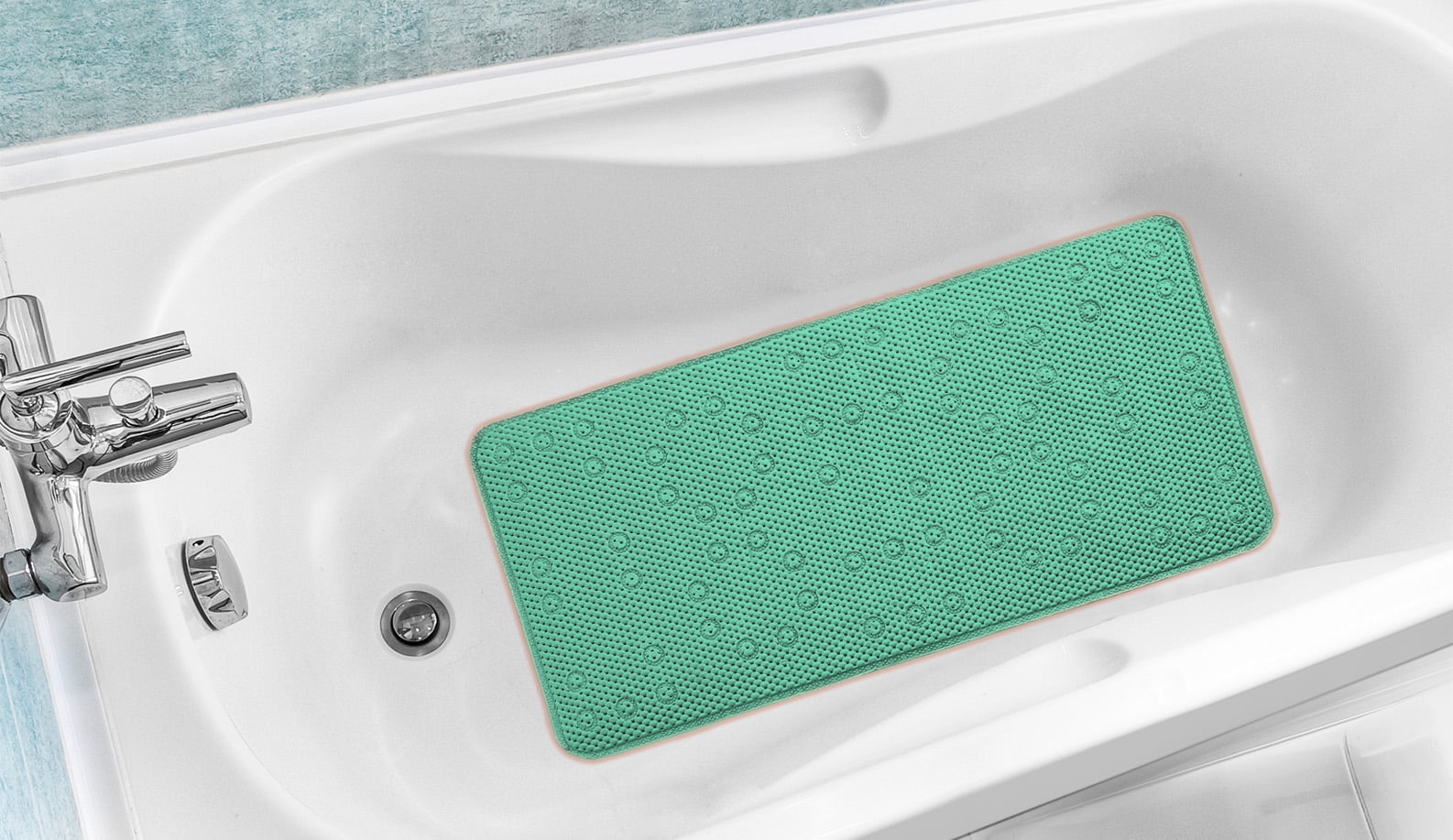
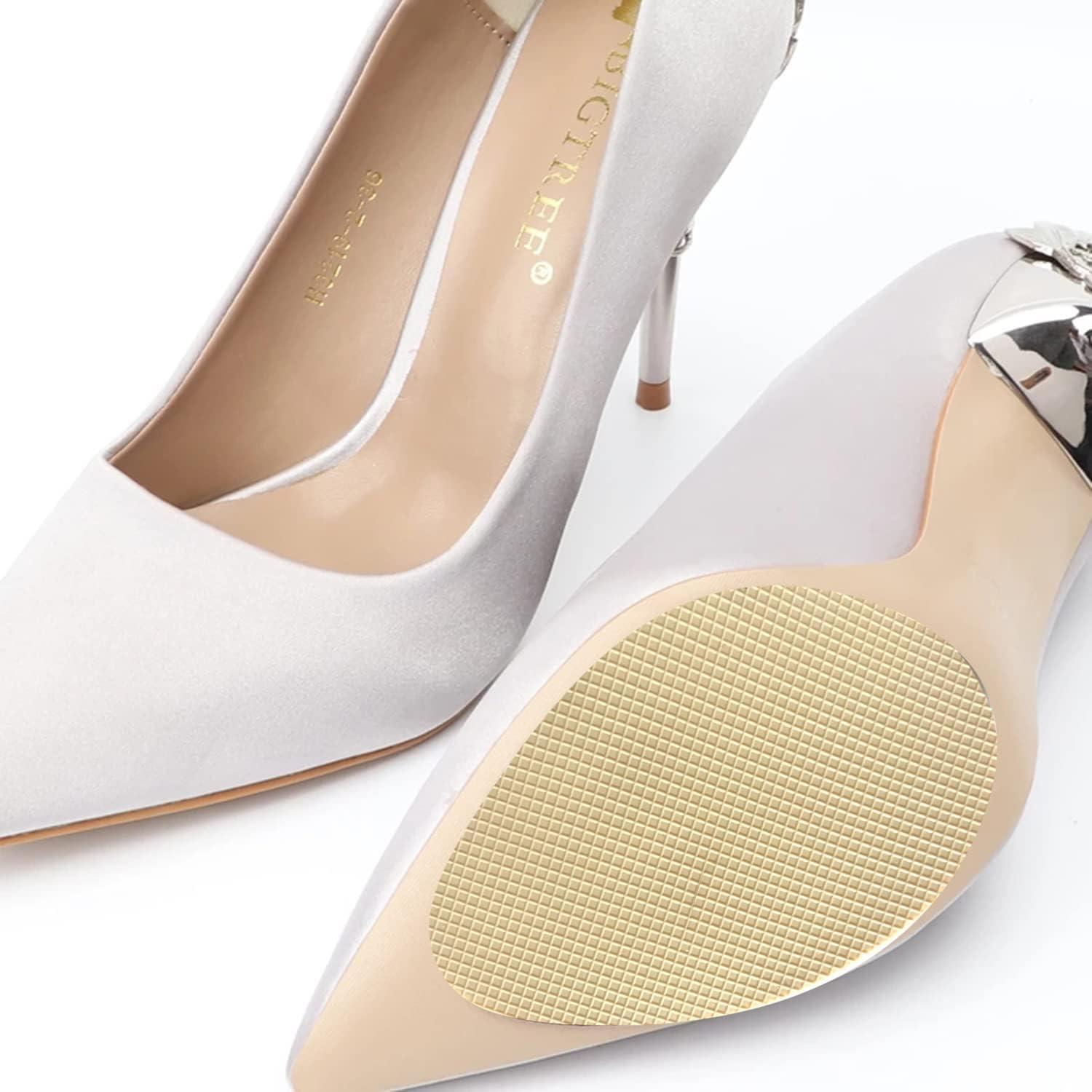
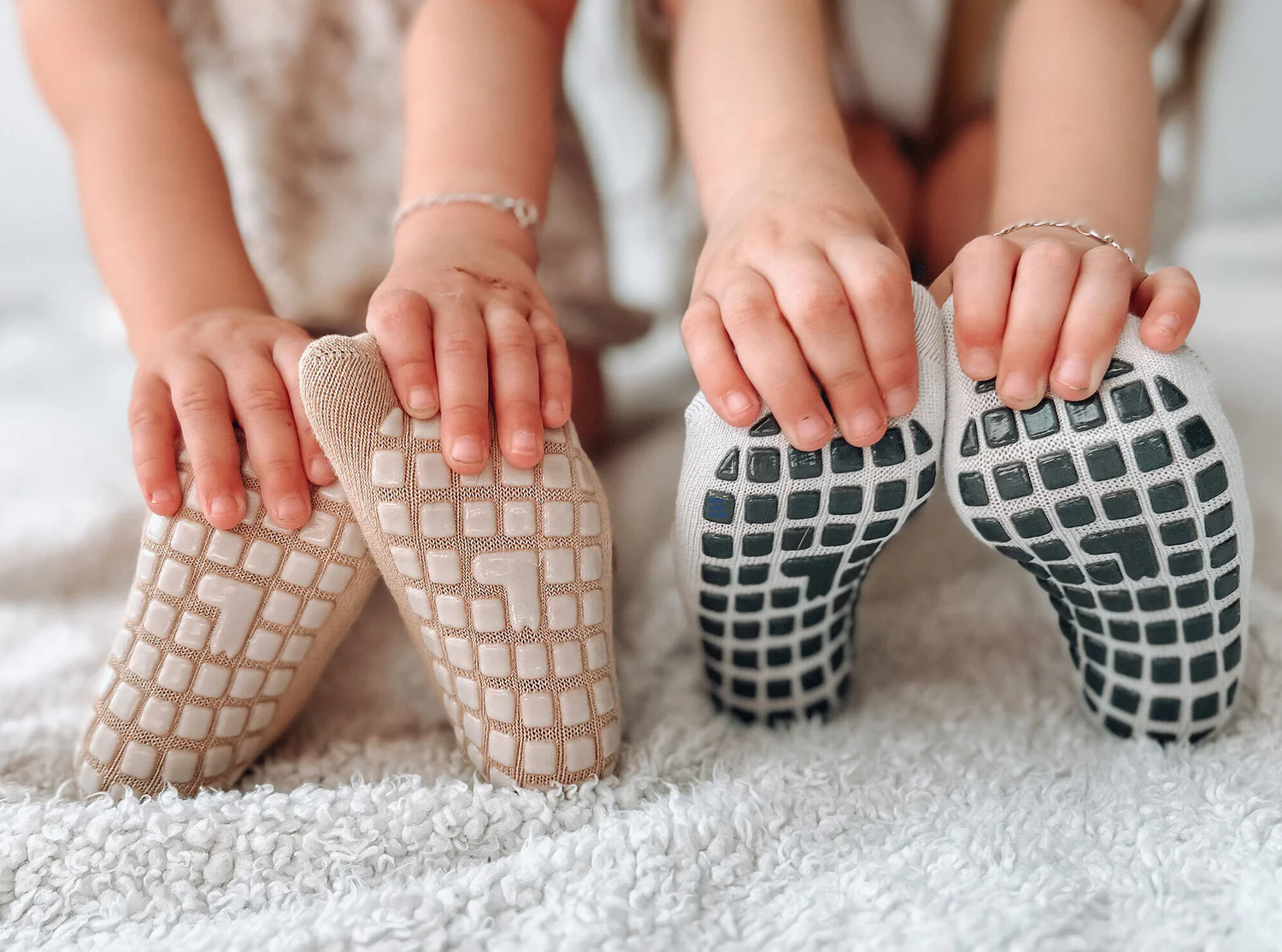
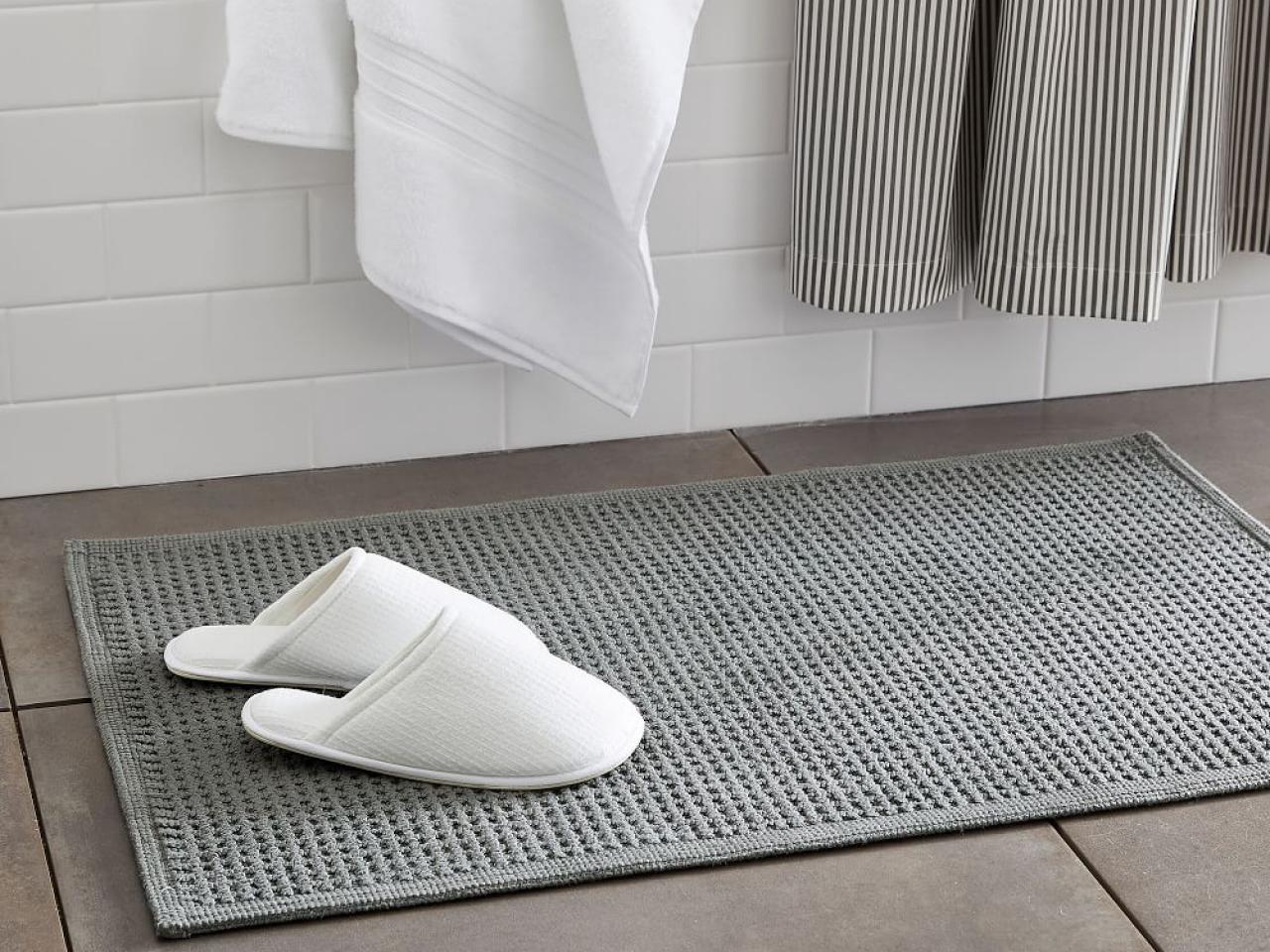
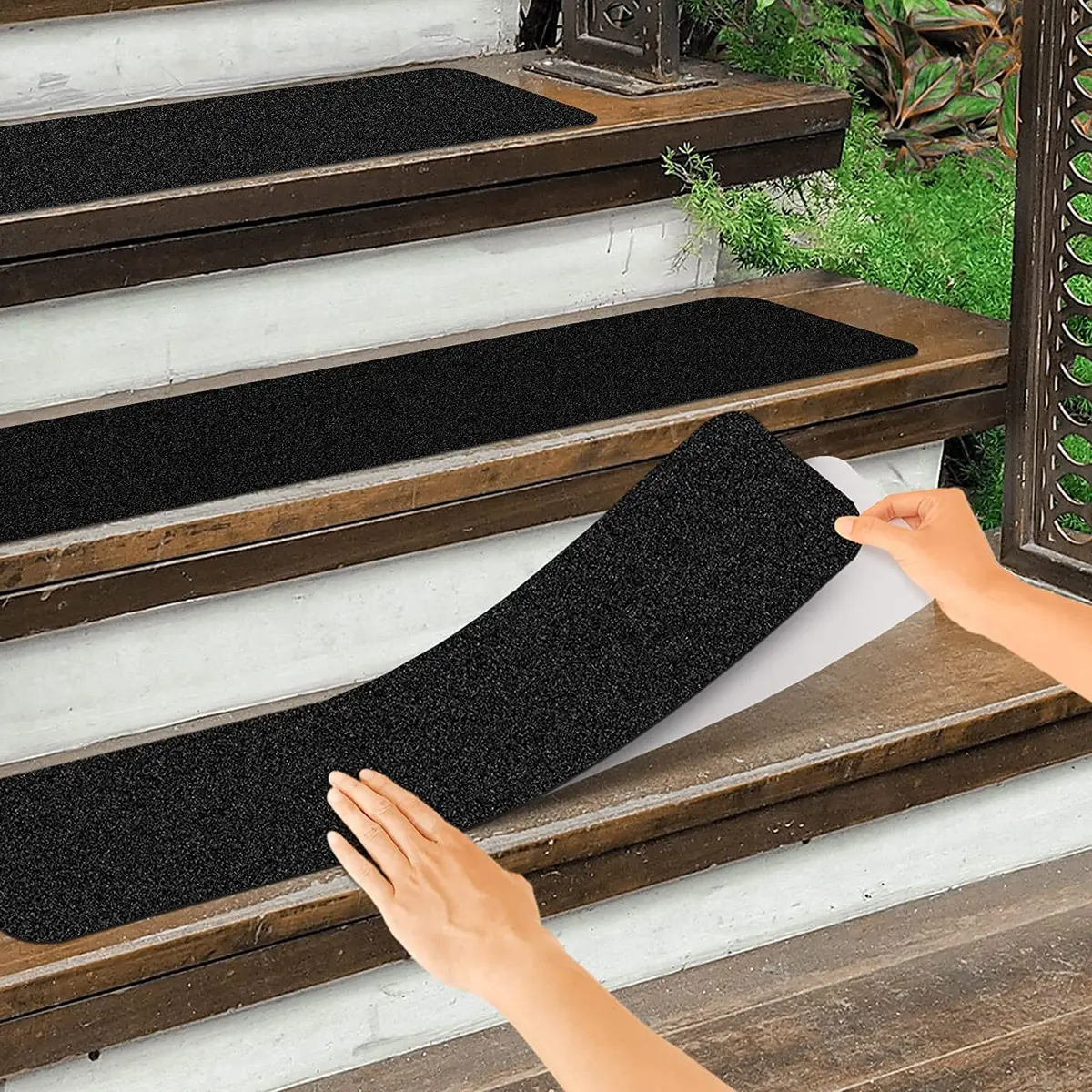
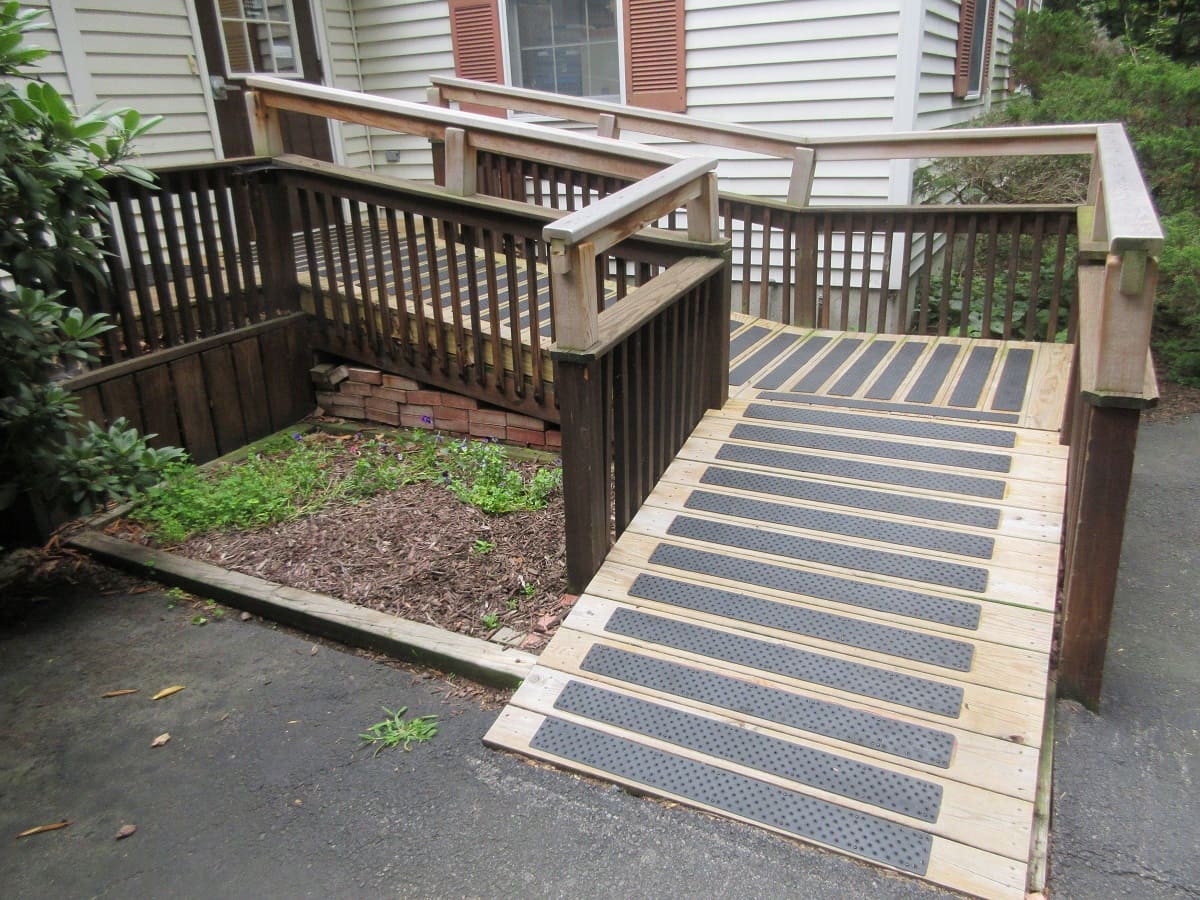
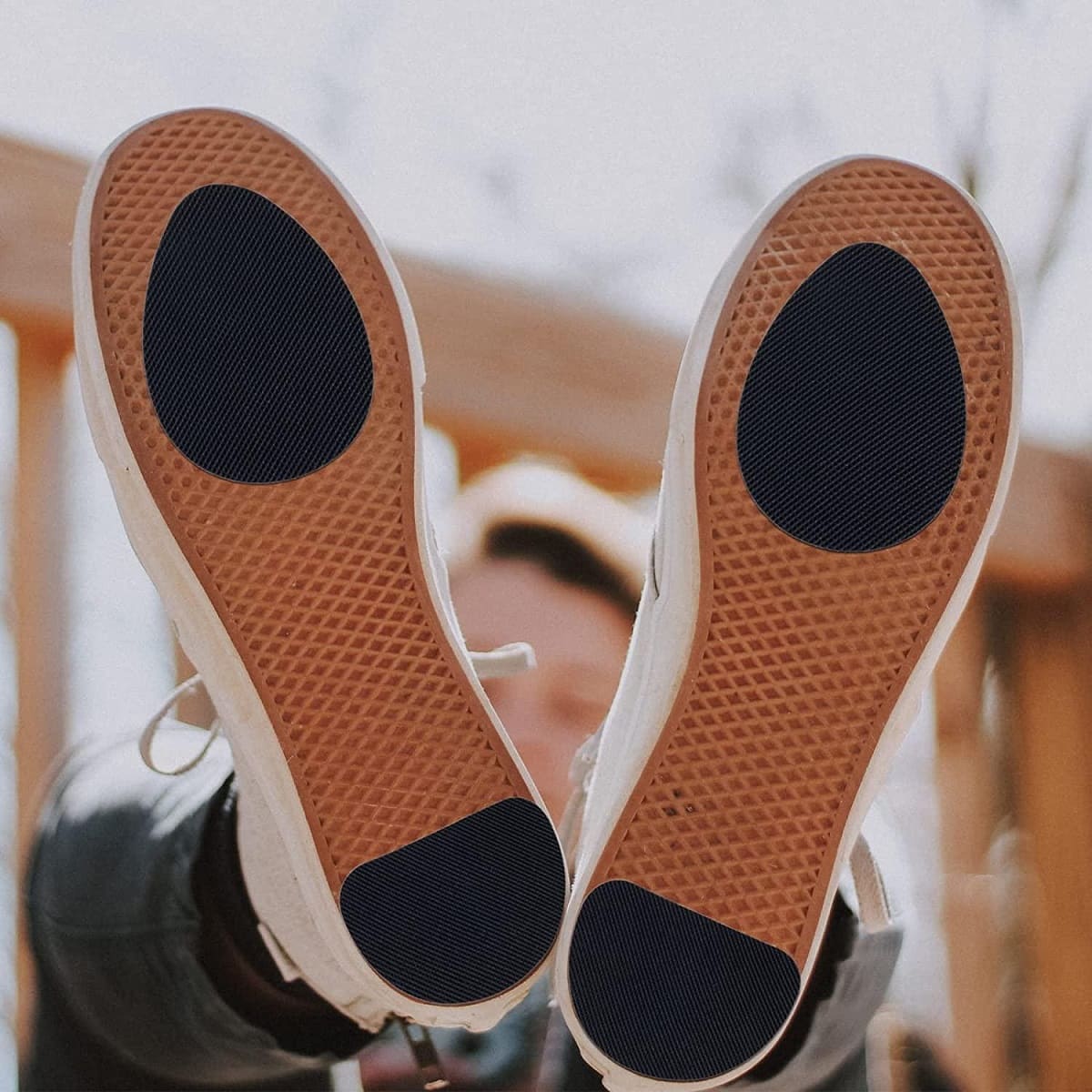

0 thoughts on “How To Make A Bath Mat Non-Slip”